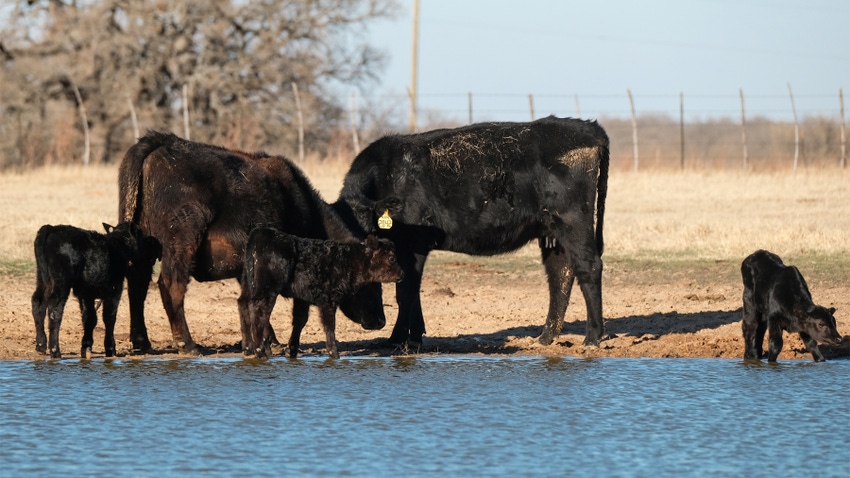
The North Dakota Grazing Land Coalition shares a summer advisory for livestock producers: Stay alert to blue-green algae in water sources. Extended days of hot weather increases the occurrence and growth of algae blooms, and consumption of this bacteria can be fatal to livestock.
Blue-green algae grows in water that is stagnant and has excess nutrients such as phosphorus and nitrogen. A combination of the excess nutrients and hot weather can lead to harmful algae blooms. These blooms can contain harmful cyanotoxins.
When inspecting water sources for blue-green algae, look for water that has a blue, green or brown tinge. If animal death has been seen, sending a water test to your local Extension office can help determine if a bloom is present. A veterinarian should be consulted to rule out other causes of death.
The level of toxicity is dependent on the amount of water consumed, the species consuming the water, and the level of contamination. Just 1 quart of heavily contaminated water has been fatal for cattle. North Dakota State University Extension offers these tips to prevent and control populations:
Apply and manage fertilizer properly.
Incorporate a cover crop to minimize soil runoff.
Prevent livestock from loitering in standing water.
Find more information about blue-green algae blooms from NDSU Extension.
NDSU Extension and North Dakota Grazing Lands Coalition contributed to this article.
About the Author(s)
You May Also Like






